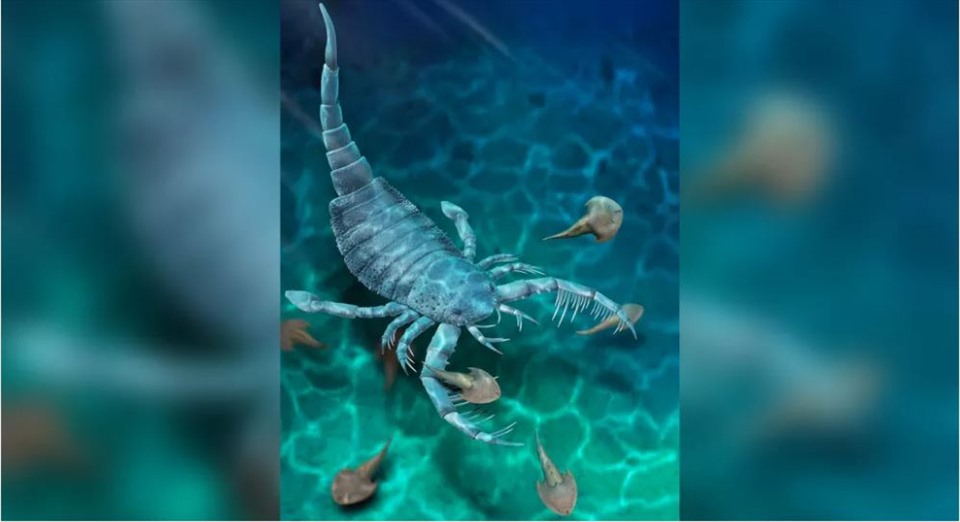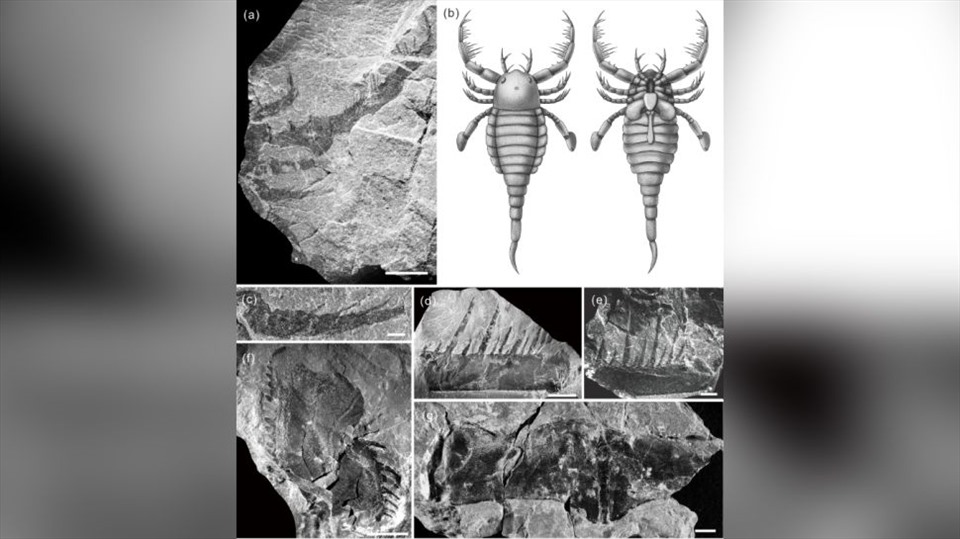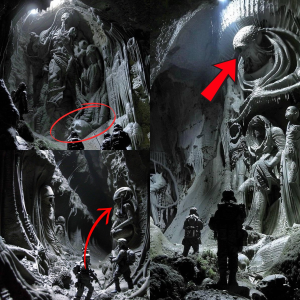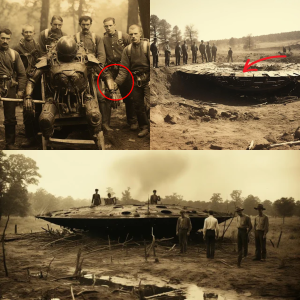Chinese scientists discovered traces of a giant sea scorpion 1m long, the peak predator about 435 million years ago.

According to a study published in the journal Science Bulletin, Chinese archaeologists recently discovered the remains of the sea scorpion Terropterus xiushanensis. This is an ancient arthropod closely related to modern spiders.
The spines of giant sea scorpions are used to capture prey, similar to those found in spiders, said the study authors, from the Nanjing Institute of Geology and the Chinese Academy of Sciences.
This fearsome animal lived during the Silurian period, which is about 443.8 million to 419.2 million years ago. At this point, the scorpion may be the apex predator in the aquatic habitats it inhabits. They often attack fish and mollusks, grabbing them with their forelimbs and then eating them.

Ancient sea scorpions come in many sizes, the smallest being the size of a human hand and the largest possibly being as big as an adult. However, the new species of sea scorpion Terropterus xiushanensis, described by the researchers as about 1m long, is about the size of a dog. This is the first species of the Mixopteriade family discovered after 80 years.
“Our knowledge of these exotic animals is limited to four species of two genera described 80 years ago: Mixopterus kiaeri in Norway, Mixopterus multispinosus in New York, Mixopterus simonsoni in Estonia and Lanarkopterus in dolichoschelus in Scotland,” wrote Wang and colleagues in the study.
Terropterus xiushanensis is also the first Mixopteriade species discovered in the former supercontinent Gondwana, which formed after the collapse of the larger supercontinent Pangea. This will help paleontologists learn more about life in past geological eras and understand the evolution of arthropods.





